Preparing for Black Friday: Key Features to Consider When Buying Red Light Therapy Lights
Anticipating the arrival of Black Friday, many consumers are excited over the great bargains across nearly every product category. Some items that are getting much attention these days include red light therapy light (RLT) devices, which have gained incredible recognition for therapeutic benefits, running the gamut from healthy skin to reduced inflammation and faster recovery from physical exercise.
Suppose you are planning to get this emerging technology over the holiday season. In that case, there are essential factors and points that you have to keep track of before the final purchase. This article will explain these key features and allow you to choose the suitable red light therapy light device to maximize your Black Friday shopping experience.
Table of content
Understanding Red Light Therapy

Before proceeding, some essential background on red light therapy light would be useful. It is an exogenous treatment in which the light stimulated by certain wavelengths activates many biological processes within the body. It is considered a technology that takes effect at a cellular level through increased collagen production, decreased inflammation, and reduced pain.
The popularity of red light therapy light in the clinical sector and everyday wellness practice calls for its applications to be understood so that one can see why there is such a difference when the right red light therapy light device is used.
Key Features to Evaluate When Buying Red Light Therapy Light Devices

Wavelength Range of Red Light Therapy Light
The most effective wavelengths depend on the red light therapy light applied. According to most studies, the best therapeutic effects obtainable are in the wavelength ranges of 600 nanometers (nm) to 1000 nm. These wavelengths are further subdivided into two:
Red Light (600 nm—700 nm): This wavelength increases and encourages collagen production, rejuvenating the skin and improving its texture and tone.
Near-infrared light (700 nm—1000 nm): This wavelength penetrates slightly deeper and must be applied after an injury to see benefits in muscle recovery, pain relief, and inflammation reduction.
When choosing devices, one should ensure that they emit red and near-infrared light to receive the full benefits of the light.
Power Output (Measured in Watts)
The output refers to the power intensity that the device emits in terms of light. Typically, the greater the output, the more influential the treatment will be regarding the time required for such a treatment and achieving results.
Choose a red light therapy light device that gives enough power measured in watts. A quality device typically has a power range of 20 to 150 watts. The irradiance of the device is also essential, in milliwatts per square centimeter (mW/cm²). You can administer effective treatment with a higher irradiance level in a shorter time.
Treatment Area Coverage
The red light therapy light device should be able to cover if you will be working on larger parts of the body, such as the back, thighs, or stomach. Handhelds are also suitable for targeting specific areas like the face or particular joints.
For panel lights, the bigger they are, the more extensive expenses they can treat, and they may even be faster for covering larger parts of the body. Consider how you will use the device and choose one that suits your needs.
Treatment Time
Treatment times will vary with different devices. Reviews and specs on red light therapy light should provide an idea of average treatment times. Sessions range between 10 and 20 minutes, though a few are designed for continuous use. Consider how well this will fit into your schedule. Red light therapy light devices with shorter recommended treatment times may be convenient without sacrificing efficacy.
Design and Portability
The physical design of the red light therapy light device will also influence your ultimate decision, especially when you want to use it extensively or take it with you. Some are portable, so you can quickly bring them outdoors, while others are stationery designed for in-house use. If, for instance, you are always mobile, then handheld models or relatively compact units would be convenient and will not be too much to store away.
Adjustability and Customization
Many new red light therapy light devices that are newly accessible contain adjustable settings. Therefore, set up the intensity levels, duration of treatment, and specific wavelength that best suit your needs. This helps tailor treatments to specific needs, personal preferences, and varying body areas. Some even have timers or shut-offs that automatically determine the right amount of therapy without overexposing you.
Quality and Safety
When buying any wellness device, one must check its quality and safety features. The device should meet the relevant safety standards and have undergone trials on its efficacy. Reputed brands, like Lumaflex, usually provide credentials or clinical studies to prove their claims. Secondly, look for a red light therapy light device with built-in safety features, such as overheat protection, so it can be used safely.
User Reviews and Testimonials
Generally, before buying any product, read the reviews and testimonials of various users. Real-life experiences can help you understand whether a gadget is reliable and working. Look for feedback on whether the red light therapy light device is simple, practical, and has good customer care service. This will guide you in your decision and prevent frustration in the future.
Warranty and Return Policy
A warranty and return policy should not be overlooked. Brands like Lumaflex offer more reasonable warranty periods and tend to be more confident about the product. A flexible return policy makes you feel more comfortable about testing the red light therapy light device and knowing it will meet your expectations. It is free from being stuck with a purchase that doesn't work for you.
Price vs. Value
Finally, with Black Friday deals galore, it's easy to get drawn into buying just because it's a reasonable price. A good deal is tempting, but think of value. Low-price red light therapy light devices usually need more features. In contrast, higher-end options have better technology, durability, and sometimes even a warranty. Choose a red light therapy light device that fits your budget and has the main features for an informed, value-based decision rather than a cost-based one.
Final Thoughts
Evaluation time is one key feature to help pick red light therapy light devices when purchasing as you prepare for Black Friday. It ensures that, based on wavelength and power output, you get a perfect match for your wellness goals.
You should be well-equipped to find an ideal red light therapy light device for aspects such as the size of the treatment area it can cover, portability, and people's feedback. Quality, safety, and specific therapeutic needs should be prioritized with any health-related purchase. Quality and red light therapy light for this Black Friday is possible with careful planning and research to integrate it into the health and wellness routine.































